If you’ve come across this article, it’s safe to say that you are also curious about Barbaresco wines.
Well, good for you. We are here to answer all questions possible. In this article, we will find out what Barbaresco wine is and how it differs from other types of wine.
The Barbaresco Wine
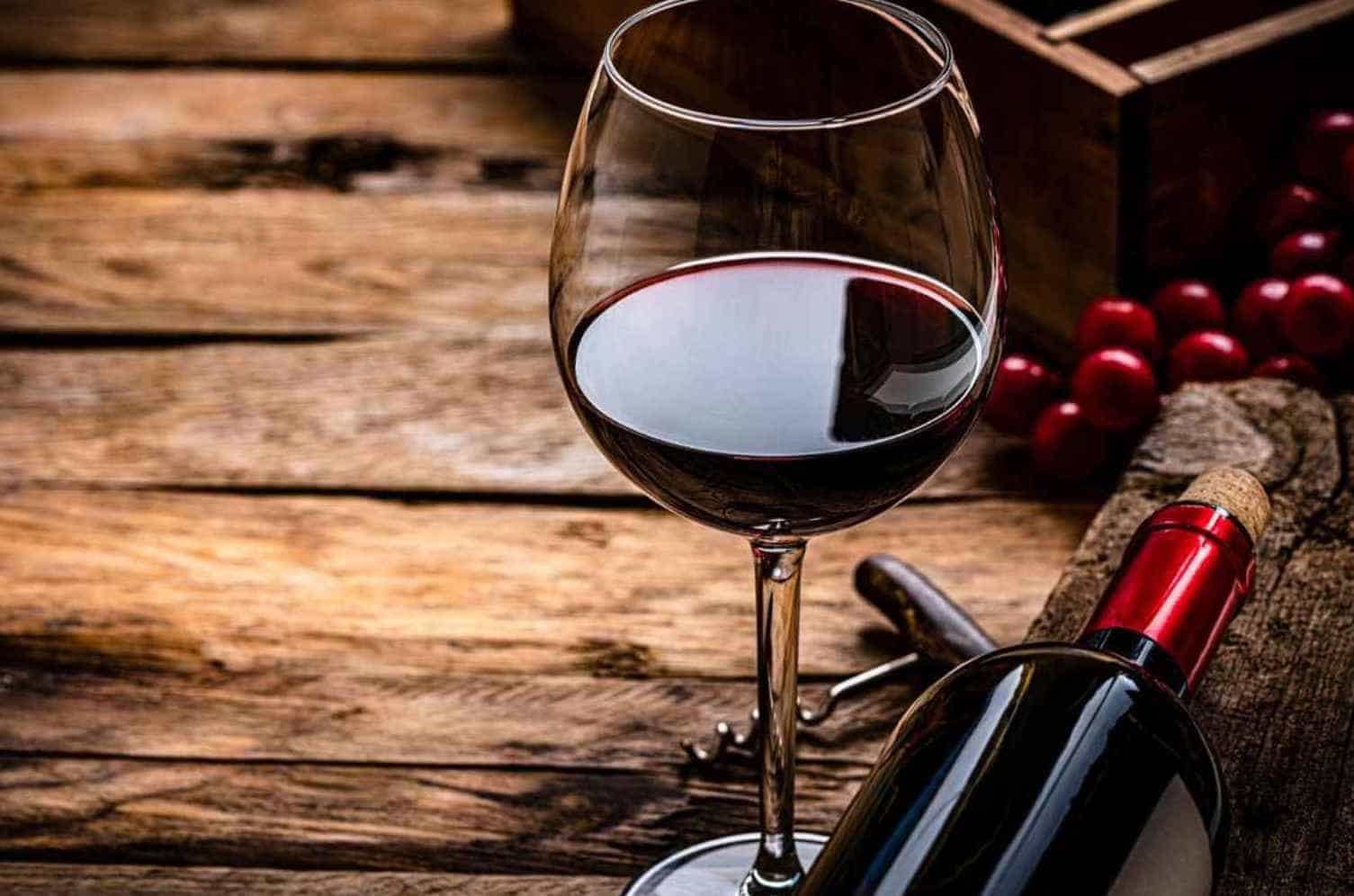
|
Flavor |
Highly acidic, floral taste |
|
Sweetness |
Dry |
|
Alcohol by volume |
13%-15% |
|
Type of Wine |
Red Wine |
|
Place of Origin |
Piedmont, Italy |
Barbaresco wine is a specific type of red wine made out of Nebbiolo grapes cultivated in the Piedmont region of Italy. It was created initially as a variation of the Barolo wine, which was more commonly produced in the Piedmont region before the discovery of Barbaresco.
This wine received the DOC status or Denominazione di Origine controllata in 1966. Still, it wasn’t until 1984 that the official discovery date of Barbaresco was recorded.
This wine is required to be aged for two years and to be considered a reserve, it needs to be aged four more years. It’s regarded as a great alcohol to drink with your meal because of its alcoholic content, ranging from 13 to 15%.
It’s not too sweet, considered a Dry wine, but the floral aroma will lure you instantly. You can taste most of our bouquets of violets and roses with cherry, fennel, truffles, or licorice.
Once Barbaresco is considered a riserva, the wine will be more tannic and have a closer earth flavor like leather. The best time to drink Barbaresco wine is 5 to 10 years after the vintage.
Still, it can taste great until 20 years, considering it has a shorter aging time than most red wines. It is best paired with hearty meals rich in flavor and texture.
History of Barbaresco Wine
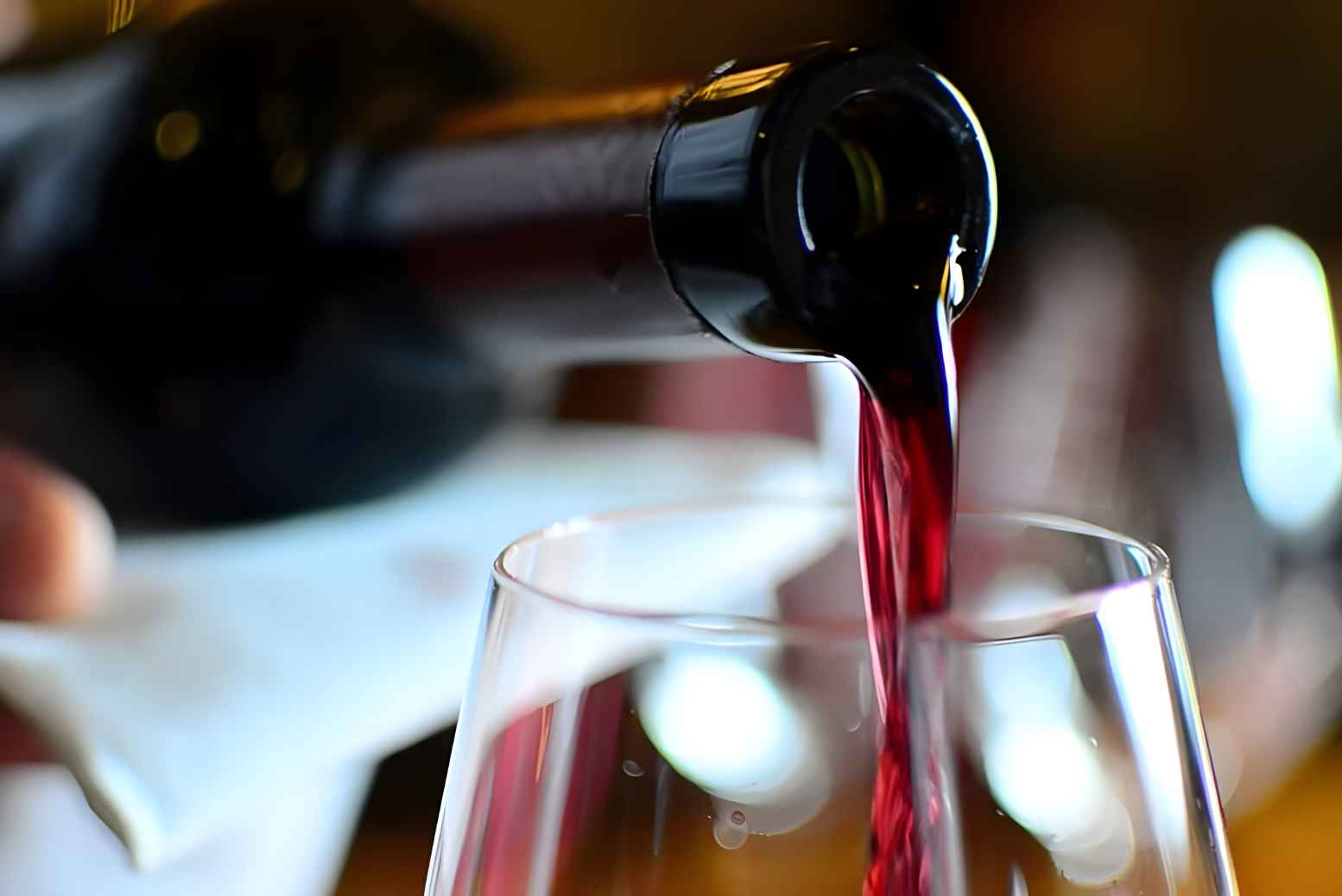
After knowing some basic information about Barbaresco Wine, it’s time to talk about its rich history. It all started in 1894 when Domizio Cavazza, a local Alba school headmaster, formed the Cantina Sociale di Barbaresco cooperative.
He was the first to discover the difference between Nebbiolo grapes grown in Barolo and Barbaresco.
Before his discovery, most grapes in this region were given to Barolo winemakers. Still, he started to make the distinction and mention Barbaresco in the wine name.
But just as the rise of Barbaresco wine became imminent, a sudden decline in its popularity occurred in the aftermath of World War I. Shortly after, in 1915, Cavazza died prematurely, and the Cantina Sociale di Barbaresco eventually closed down in the 1930s.
At that point, Barbaresco wine looks like it won’t be able to successfully make a comeback and be popular again.
Things turned for the better in the late 1950s when younger, passionate winemakers Angelo Gaja and Bruno Giacosa from Neive, Piedmont.
The two winemakers jump-started the re-production of Barbaresco wines in the region. Also, they spearheaded the formation of Produttori del Barbaresco in 1958.
Up to this date, this establishment continues to produce Barbaresco wines. It covers more than 250 acres of land in Barbaresco that cultivates Nebbiolo grapes and with more than 50 members in the region.
In our modern times, the Barbaresco wine is considered one of the most famous French wines with its distinct flavor and aroma. To know which specific areas still produce Barbaresco wines today, continue reading the next section.
Barbaresco Wine-Making Region
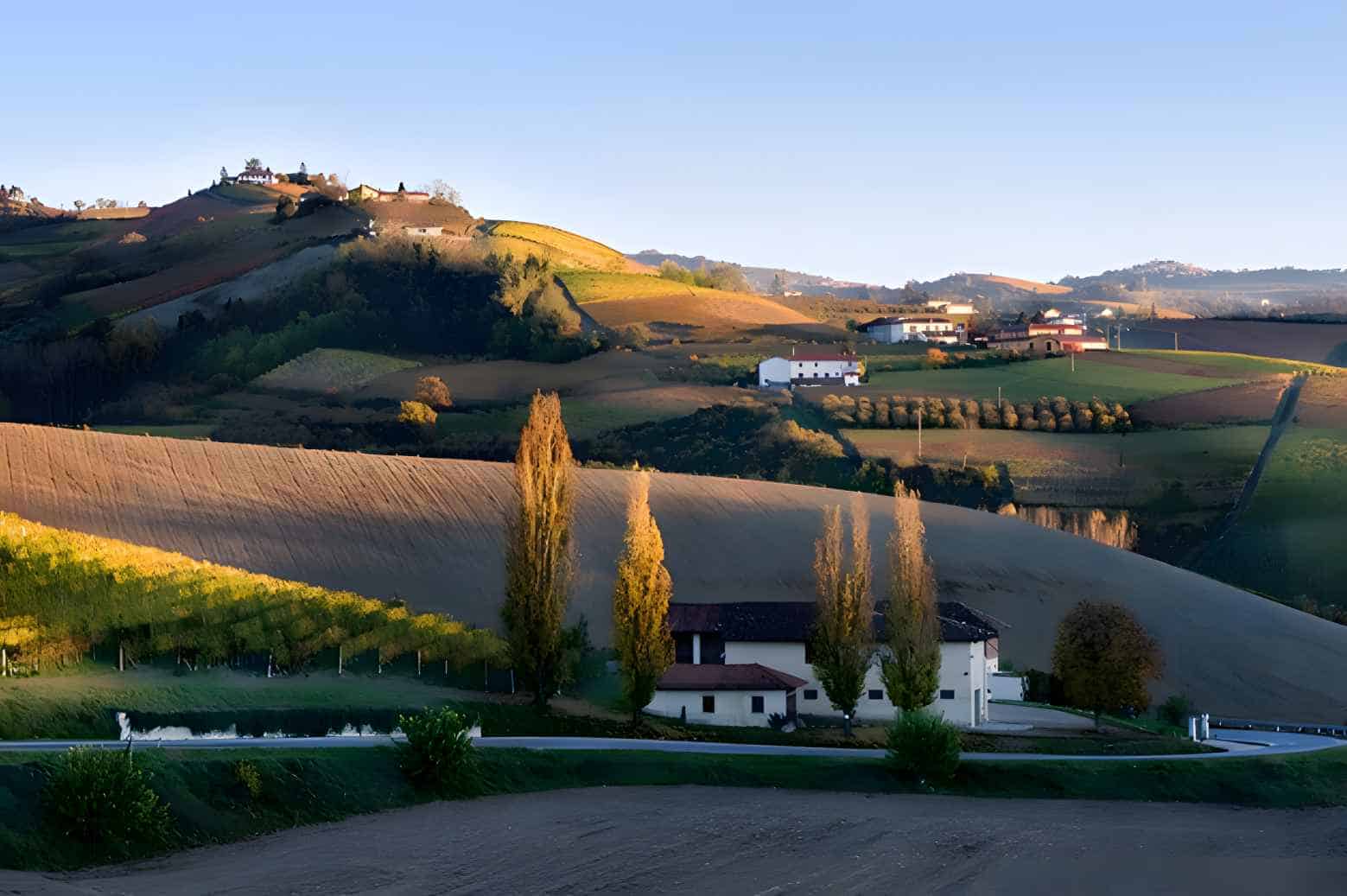
Barbaresco wines are generally made from the Piedmont region in Northwest Italy. It’s located on the border of Switzerland and France. It is known to have rich, cultivated soils where Nebbiolo grapes are grown to their full potential.
But if we are to talk about specific comunes, four particular Piedmont comunes produce Barbaresco wines which are Barbaresco, Treiso, Neive, and San Rocco Seno d’Elvio.
If you want to know more about each comune, come and take a look at some of their essential features below.
Barbaresco
Of course, the first comune on our list is Barbaresco, after which the wine was named. More than 45% of this region’s Barbaresco wine production is done.
It can produce nine premium wines in a single vintage with well-known vineyards and producers such as Produttori di Barbaresco.
Treiso
Covering most of Barbaresco’s south, the Treiso comune is responsible for 20% of Barbaresco wine production.
This area is filled with hillside vineyards that cultivate Nebbiolo grapes that eventually turn into light-bodied wines. Some famous names of wine producers in the area are Fiorenzo Nada and Ca’ del Bajo.
Neive
Located northeast of Barbaresco, Neive produces some of the most tannic Barbaresco wines. Despite that, it’s impossible to know that Nebbiolo grapes are not in the municipality’s top three most cultivated grapes.
There are various wines from producers such as Sottimano or Cantina del Glicine.
San Rocco Seno d’Elvio
Although San Rocco Seno d’Elvio covers a tiny part of land west of Treiso, their slopes are also responsible for growing Nebbiolo grapes and turning them into Barbaresco wine.
Wines produced in this area have more floral aroma than in any other region. They also produce Langhe Nebbiolo wines in areas not covered by the Barbaresco or Bartolo regions. They are less tannic and less complex than the two famous regional wines, but they’re also good.
Barbaresco and Barolo: Which one is better?
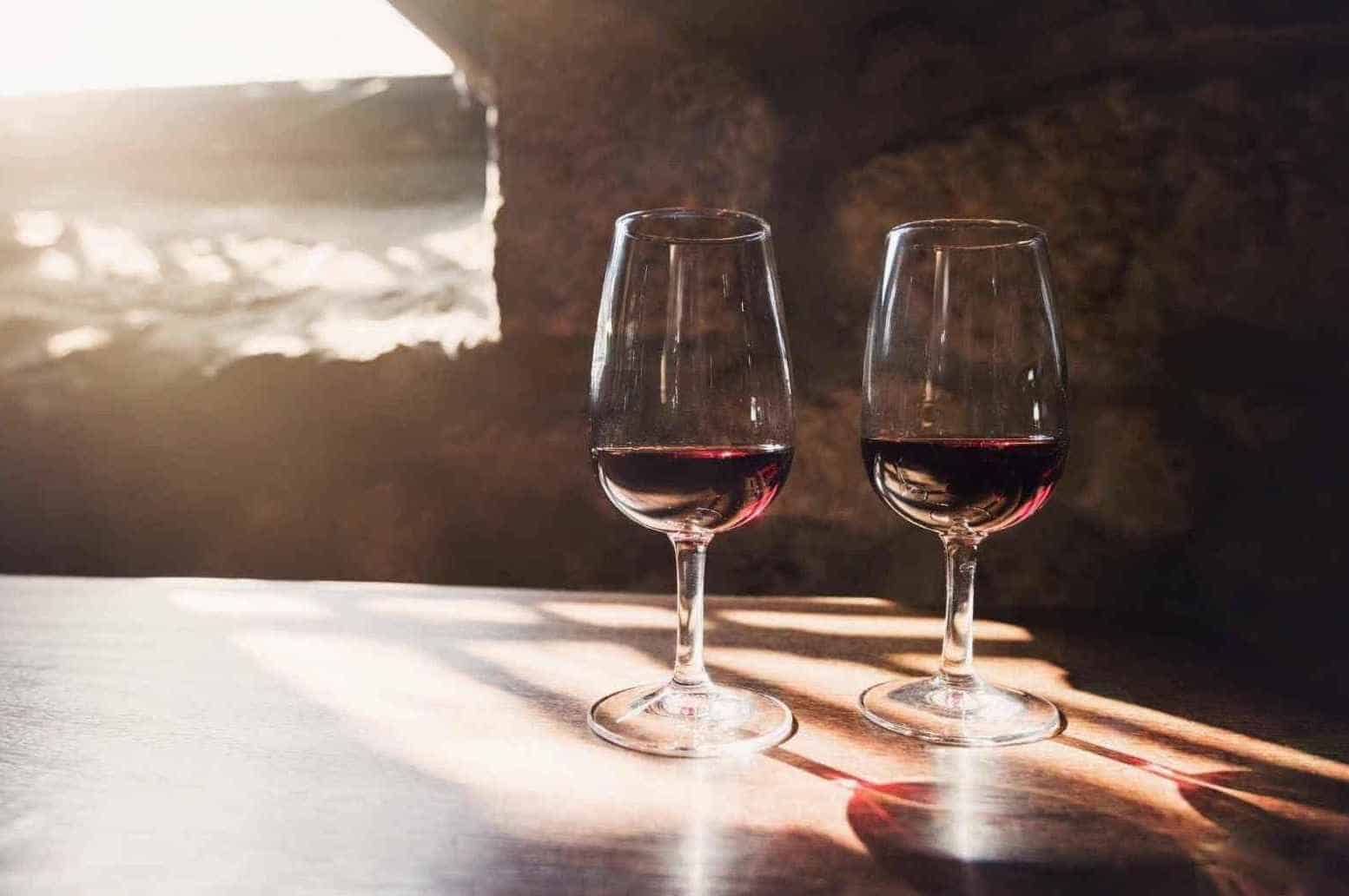
Whenever you hear the word Barbaresco, Barolo may be mentioned. These two distinct wine types have similarities and differences that make each wine unique.
This section will explain how Barbaresco wine differs from Barolo wine. For starters, check out this great video below that explains the difference between Barbaresco and Barolo.
The first thing we need to do is define what Barolo wine is. Barolo is another red wine produced by the Piedmont region in Italy, just like the Barbaresco.
However, in terms of history, Barolo is way older than Barbaresco. It is said that the age difference is close to 50.
Before Barbaresco was discovered, most of the vineyards in the area grew Nebbiolo grapes for Barolo. The first Barbaresco wine was a variation of the Barolo, with unique characteristics one must pay attention to. With that said, they are similar, right?
The most evident difference we can come up with is in terms of flavor. Barbaresco appears to have lower acidity levels than the other wine, which makes it lighter to taste and smooth to flow. While both are dry red wines, Barbaresco contains more tannins than Barolo.
One of the significant differences between these two red wines is their fermentation process. Barbaresco wine usually needs only 24 months of aging, including 12 months on oak.
Their fermentation process is affected by the Tanaro River, whose cool breeze quickly sweeps upon Barbaresco and thus affects the growth of the Nebbiolo grapes. On the other hand, Barolo wine needs 38 months, with 18 in oak.
Lastly, regarding production, Barbaresco needs to catch up to Barolo. It’s because their vineyards’ size is relatively smaller than those of Barbaresco.
It’s also easy to note that only four regions in Piedmont grow Nebbiolo grapes for Barbaresco, while there are 11 for Barolo. This alone can show how different these two red wines are.
Frequently Asked Questions
Since we’ve already talked about Barbaresco’s essential information and history, it’s time to give you the answers to some of the most frequently asked questions regarding Barbaresco wines.
The following items will help give you a deeper understanding of the subject matter and can serve as some great tips when choosing Barbaresco wine. Let’s not keep you waiting; check out the answers below.
How long should you age Barbaresco wine?
Barbaresco wines are generally left to age for a total of two years, with one year on oak. It has a relatively shorter aging time compared to other wines in the area because of how the grapes are grown.
But if you are looking for the best Barbaresco wine to drink, choose a bottle that’s been left to age for five to ten years after its general aging time so that you can completely taste the refreshing flavors.
How is Barbaresco different from Brunello?
Earlier, we talked about the difference between Barbaresco and Barolo. Now, we are to differentiate Barbaresco from Brunello. To start off, Barbaresco comes from the Piedmont region, while Brunello is from Tuscany, Italy.
In terms of similarity, both wines are made from a single type of grape. Still, Barbaresco is done with Nebbiolo, while Brunello is done with Sangiovese grapes.
Taste-wise, Brunello is more savory with moderate tannins than the floral Barbaresco with fewer tannins. Because of this, Brunello wines are more age-worthy. The only downside of Brunello is that they take four years of aging before vintage compared to Barbaresco’s two years.
Summary
Now that you’ve reached this part, you should be readily equipped with the correct information about Barbaresco wine.
We hope that we were able to help you find out the answer to the question, ‘what is Barbaresco wine.’ Don’t forget to share this information with your friends and family who are also wine enthusiasts.
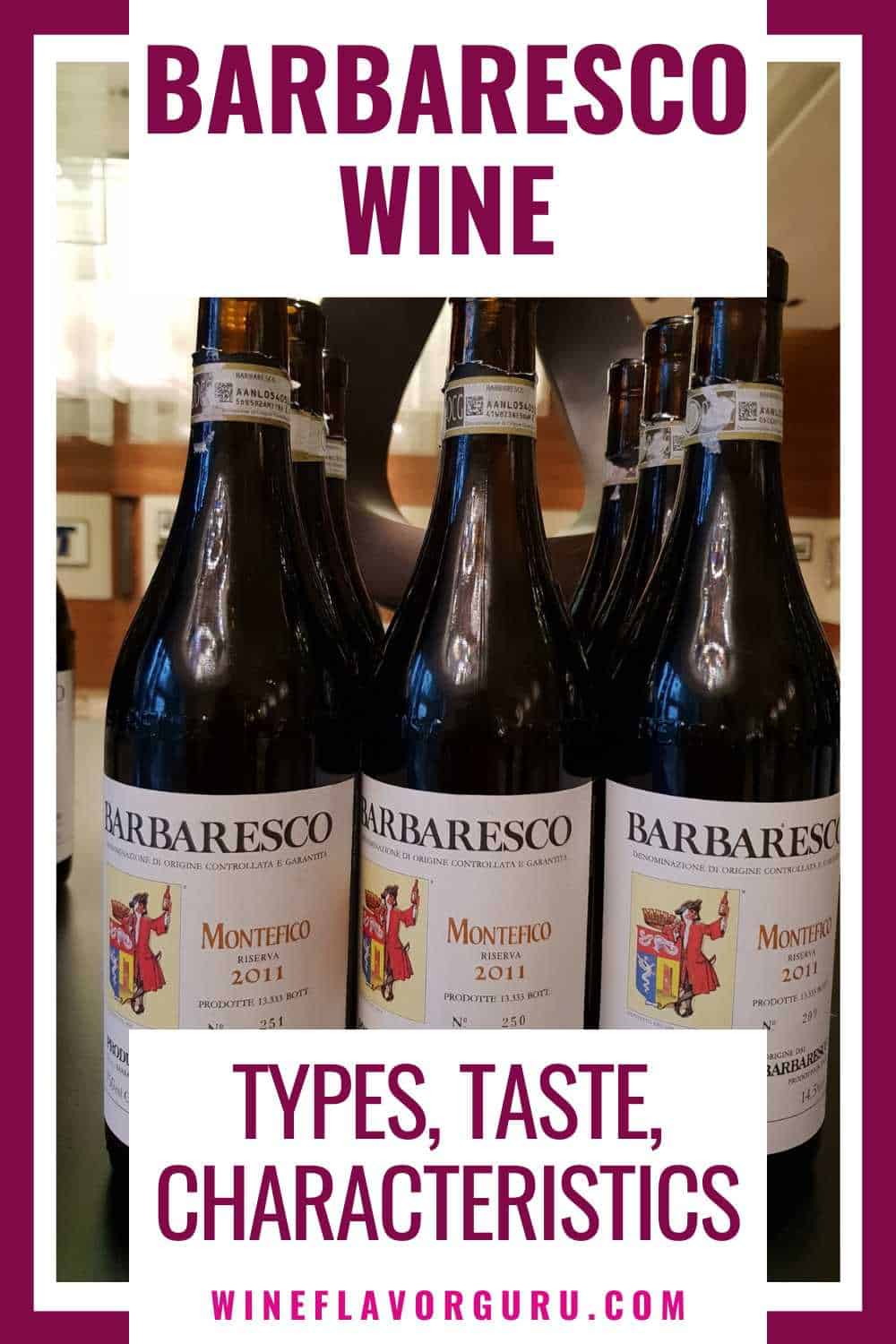

George Moore, co-founder of Wine Flavor Guru, is a charismatic entrepreneur with a rich background in California’s wine industry. Alongside Sylvia, he transformed a Sonoma County vineyard into a source of premium wines. George’s expertise in sourcing exceptional grapes and his approachable style make wine appreciation both accessible and engaging.
